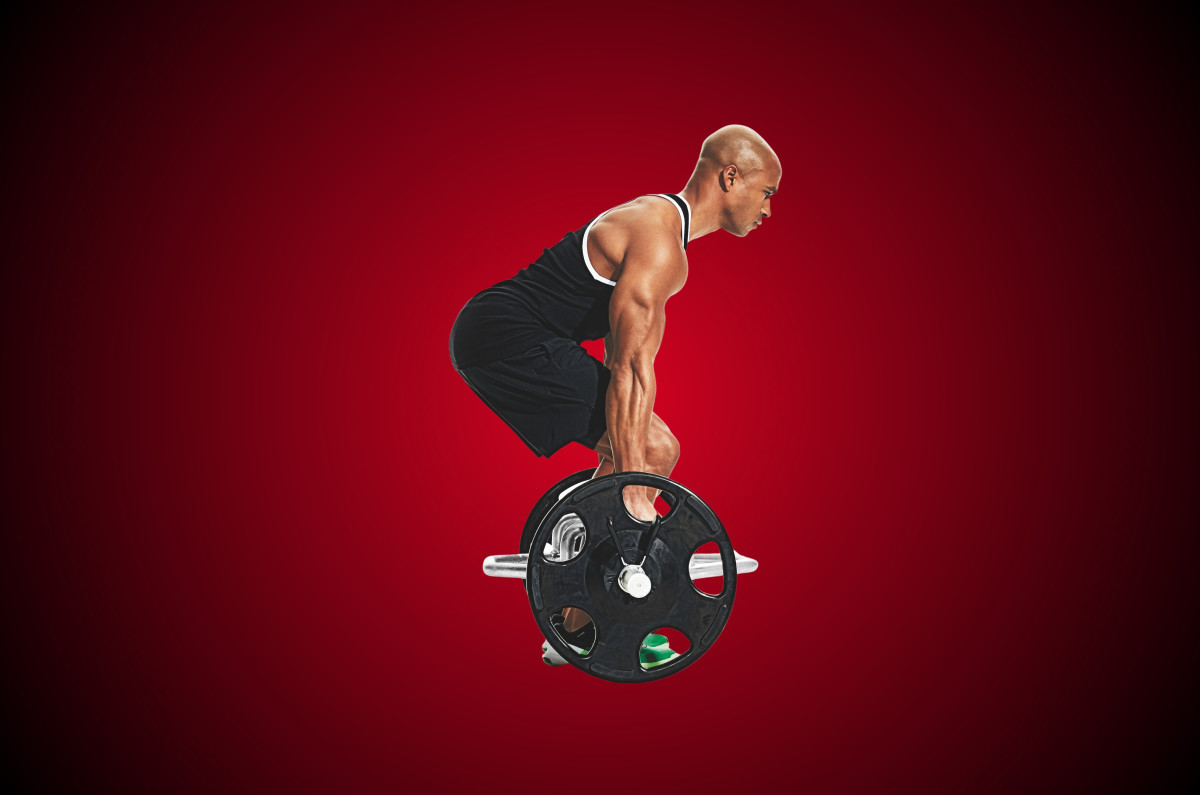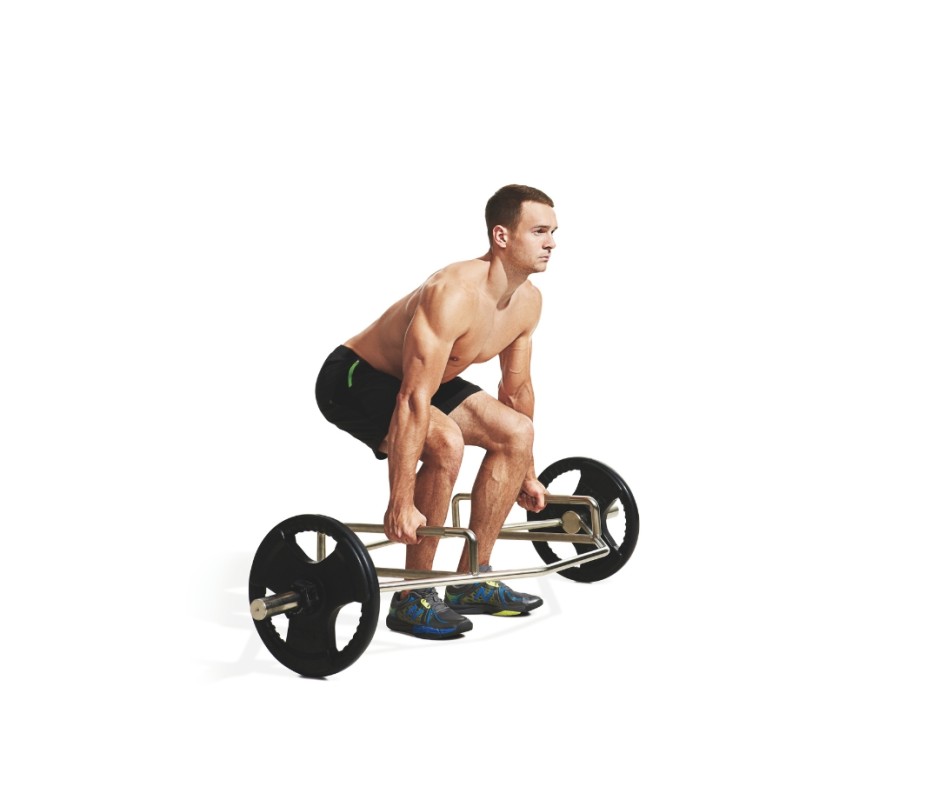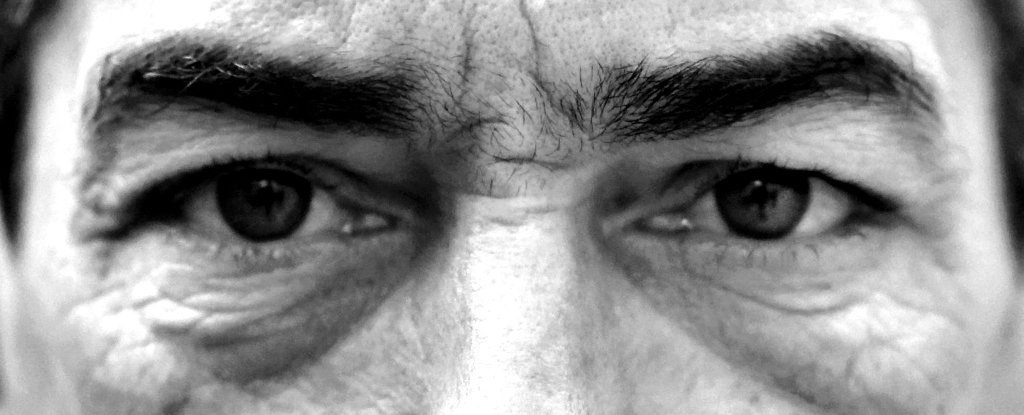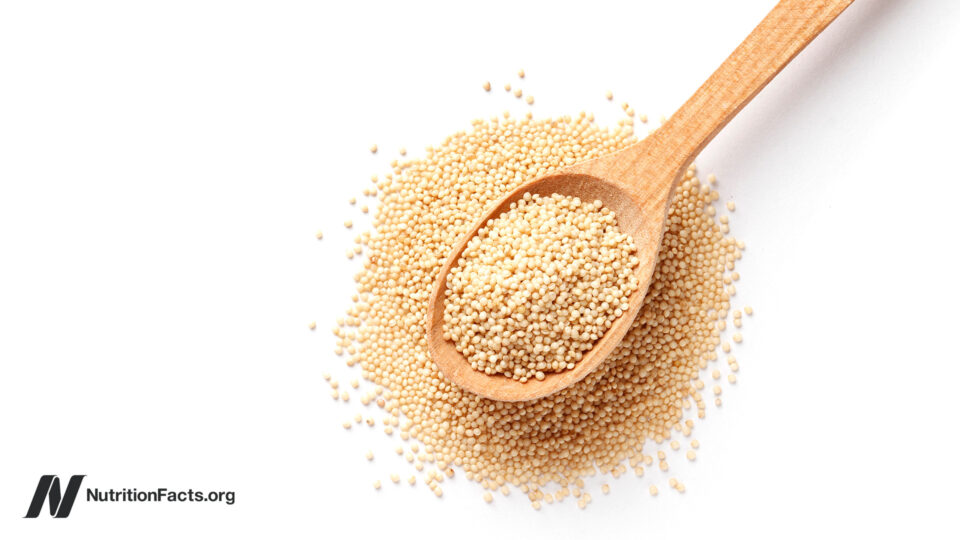Is the Trap Bar Deadlift Better Than the Barbell for Building Muscle? Here’s What Experts Say
This deadlift variation delivers on size, strength, and performance.

If you’ve spent any time in the gym, you’ve probably noticed that powerlifters tend to be barbell purists, especially when it comes to the deadlift. While they’ll reach for dumbbells when absolutely necessary, most consider the barbell the gold standard for building serious strength. And honestly, they’re not wrong. Barbell deadlifts are one of the most efficient ways to develop full-body strength, fire up your posterior chain, and make everything from crushing workouts to carrying groceries feel easier.
But it’s not the only way to build raw power. In fact, some lifters will tell you the trap bar deadlift is an even better option, especially for beginners or anyone focused on training for power and explosiveness.
"The trap bar deadlift and the straight bar deadlift are two staples in strength training, both known for their ability to build full-body power and resilience," says Orrie Markfeld, a certified personal trainer at Life Time Garden City. "While they share common ground in targeting the posterior chain (glutes, hamstrings, and spinal erectors), the nuances of each lift create distinct muscular and mechanical demands."
Below, experts break down everything you need to know about this overlooked power move, including how to perform it, common mistakes, and the benefits of adding it to your weekly routine.
Want the latest fitness advice and workouts to tackle any adventure? Sign up for our Blueprint newsletter. Beth Bischoff
How to Do a Trap Bar Deadlift
- Standing in the center of a trap bar, bend your hips back to grasp the bar’s handles with both hands.
- Keeping your lower back in its natural arch and your chest facing forward, drive through your heels to lift the bar off the floor and lock out your hips.
- Make sure to keep the bar close to your body throughout the movement.
- Perform several warmup sets, increasing the weight gradually until you reach your desired weight.
- Perform 3 sets of 5 to 8 reps.
Trap Bar Deadlift Muscles Worked
According to Markfeld, both deadlift variations require forceful hip extension and engage the core, upper back, and grip muscles. They’re compound movements that build not only strength but coordination and stability throughout the kinetic chain. Whether you’re pulling a trap bar or a straight bar, you’re challenging your entire body in a coordinated effort to pull heavy weight off the ground.
The variations in biomechanics are what make each move different. Because you step inside the bar for a trap bar deadlift, you're forced to have a more upright torso and greater knee flexion, which results in increased quad involvement and reduced stress on the lower back. Because of this, it’s often more accessible for beginners or those with mobility limitations.
"In contrast, the straight bar deadlift demands a deeper hip hinge and places more emphasis on the hamstrings and erector spinae," Markfeld says. "The bar travels vertically in front of the shins, requiring greater tension through the lats and upper back to maintain alignment and bar path. It’s a more technically demanding lift, often considered the gold standard for developing posterior chain strength and raw pulling power."
Which one you choose to practice more often will depend on your goals, but both can be used in a well-rounded program.
Related: The One Move That Serious Lifters Swear By for Bigger Shoulders and Advanced Pressing Power
Benefits of the Trap Bar Deadlift
"Since the handles are at your sides and the weight is centered, it puts less strain on your lower back and makes it easier to lift with better posture," Markfeld says. "For everyday life, it strengthens the muscles you use when picking things up, climbing stairs, or getting up off the ground. For athletes, it builds explosive power in the hips and legs, which helps with sprinting, jumping, and quick changes of direction."
Similarly to the barbell deadlift, it can also improve your grip strength and build stronger glutes and quads, all while putting less stress on your joints.
Common Trap Bar Deadlift Mistakes
Knees Caving
"When doing trap bar deadlifts, one of the most common mistakes lifters make is letting their knees cave inward or their heels lift off the ground during the pull," Markfeld says. "This usually means they’re not engaging their glutes and quads properly or their stance is too narrow."
Rounded Back
Another frequent error, also common with the barbell deadlift, is rounding the upper or lower back at the start of the lift. While some rounding is normal, too much can put unnecessary stress on the spine. "Instead, lifters should keep their chest up, shoulders back (armpits squeezed), and brace their bellies to maintain a neutral spine throughout the movement," Markfeld adds.
Rushing the Setup
Another common issue is that lifters rush the setup without pulling the "slack" out. Before grabbing the handles and ripping the bar off the ground, it's important to focus on your setup and create full-body tension.
Hinging Forward
"Some people hinge too far forward as if they were doing a straight bar deadlift, which defeats the purpose of the trap bar’s more upright, quad-friendly position," Markfeld says. "Staying vertical with the torso and driving through the heels and midfoot helps get the most out of the movement while keeping it safe and effective."

















































































